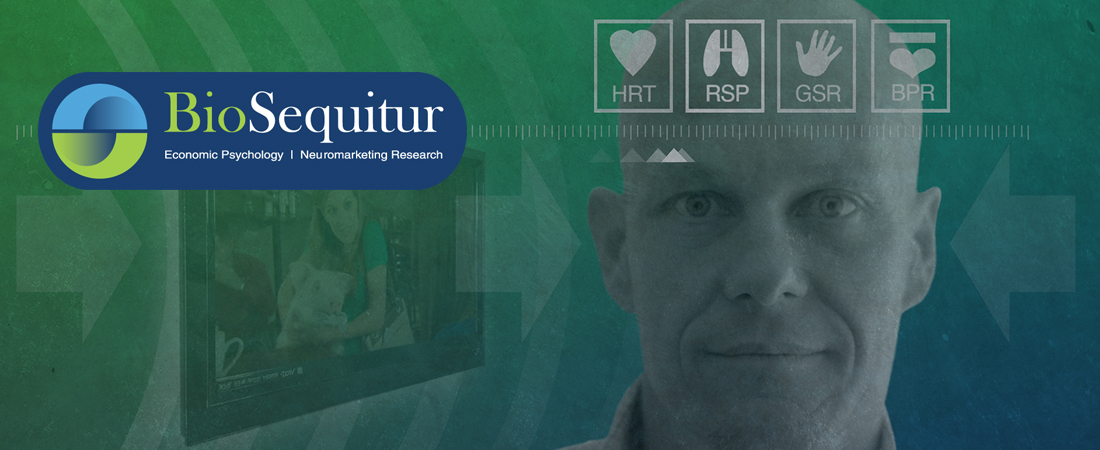
Increasing The Effectiveness Of Creative Messaging Through Quantitative Measurement Of Its Physiologic Affect On Test Subjects
Executive Summary
The “creative” work of marketing has long been considered a woolly world of inexactness born from the minds of artistic geniuses. But shouldn’t the same expectations of quantified predictability assigned to strategic marketing also apply to creative advertising?
With a background in graphic design and the visual arts I had always enjoyed the creative side of marketing work, particularly when it led to measurable increases in product performance. But as a director of marketing I became increasingly concerned with the lack of quantitative measurement applied to the creative process. While much thought and analysis would go into the development of products and the formulation of a value proposition, the predicted effectiveness of creative messaging and the impressions it left on targeted consumers were provided by less-than-scientific methods such as focus groups or opinion surveys dependent on self-reporting from a selected test group.
Research has shown that consumers can build strong brand associations with a product irrespective of their satisfaction with the product itself. This indicates that the creative messaging provided for a product can have as much—or more—impact on the consumer than the actual product’s performance (McClure et al, 2004). But the question remained, can this impact be measured quantitatively?
In 2010 I began testing a system of biofeedback monitoring with subjects who viewed a test reel consisting of TV comedy segments interspersed with a series of 30-second advertisements. Heart rate, respiration, blood pressure, skin conductivity and blood flow in extremities (via plethysmograph) were recorded to develop an emotional reaction profile that was compared with the subjects’ self-reported feelings after the test. I immediately began to see correlations between certain visual elements and specific emotions that at times was inconsistent with what was reported afterwards This inconsistency was likely due to what is often referred to as Social Desirability Bias, or the tendency for subjects to alter their reporting to be more consistency with what may be expected by, or approved of by, the audeience.
By recording the individual physiologic reactions and assigning Z-scores to their readings at specific events, it was possible to quantitatively measure the subjects’ emotional reactions with both valence (positive or negative) and degree.
While doing this research I also became interested in the observation and recording of subtle facial muscle contractions that, according to the work of Paul Ekman, could provide instantaneous feedback about the emotions being experienced by a subject. I began to practice the recognition of these “micro expressions” and incorporate their study into my research.
After the initial tests, I was convinced that further experimentation with facial recognition and physiological response measurement could help marketers and other human feedback researchers design better feedback methodologies and ultimately develop creative messaging with quantitative predictors of success.
Read the White Paper on Biosequitur.